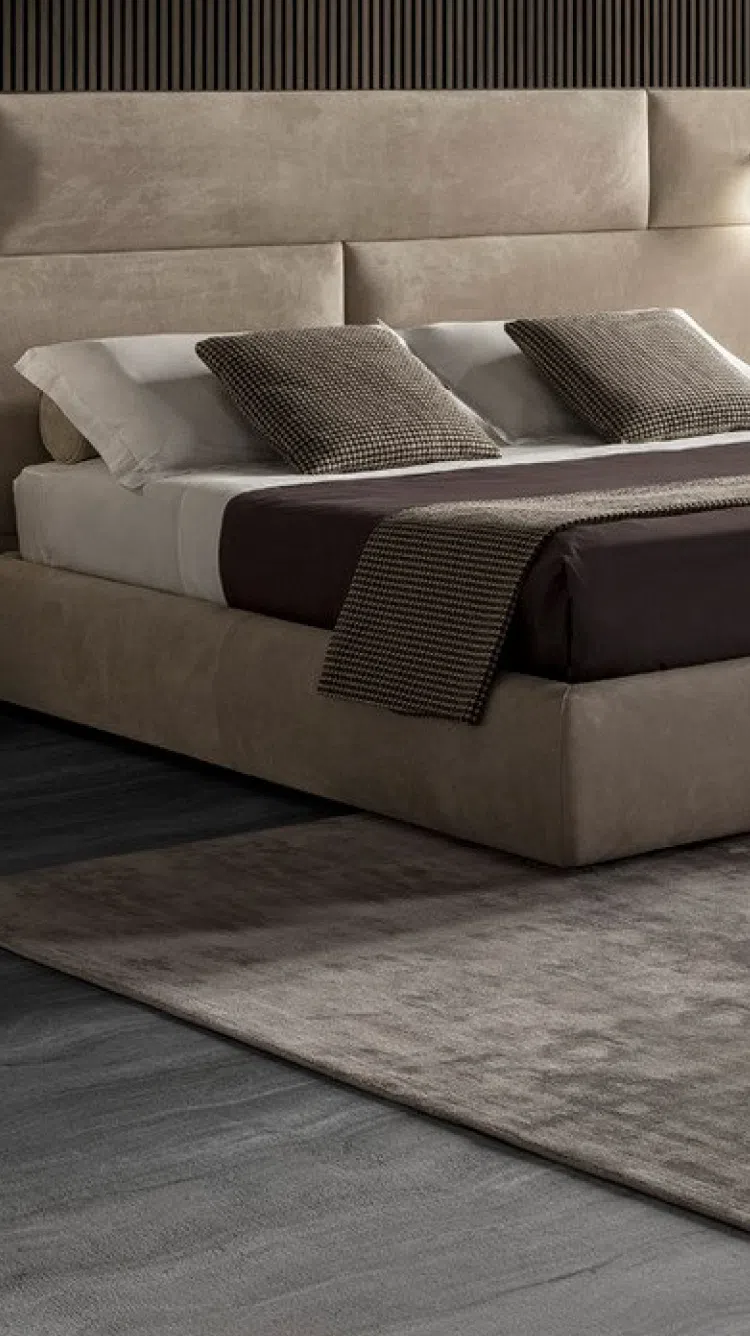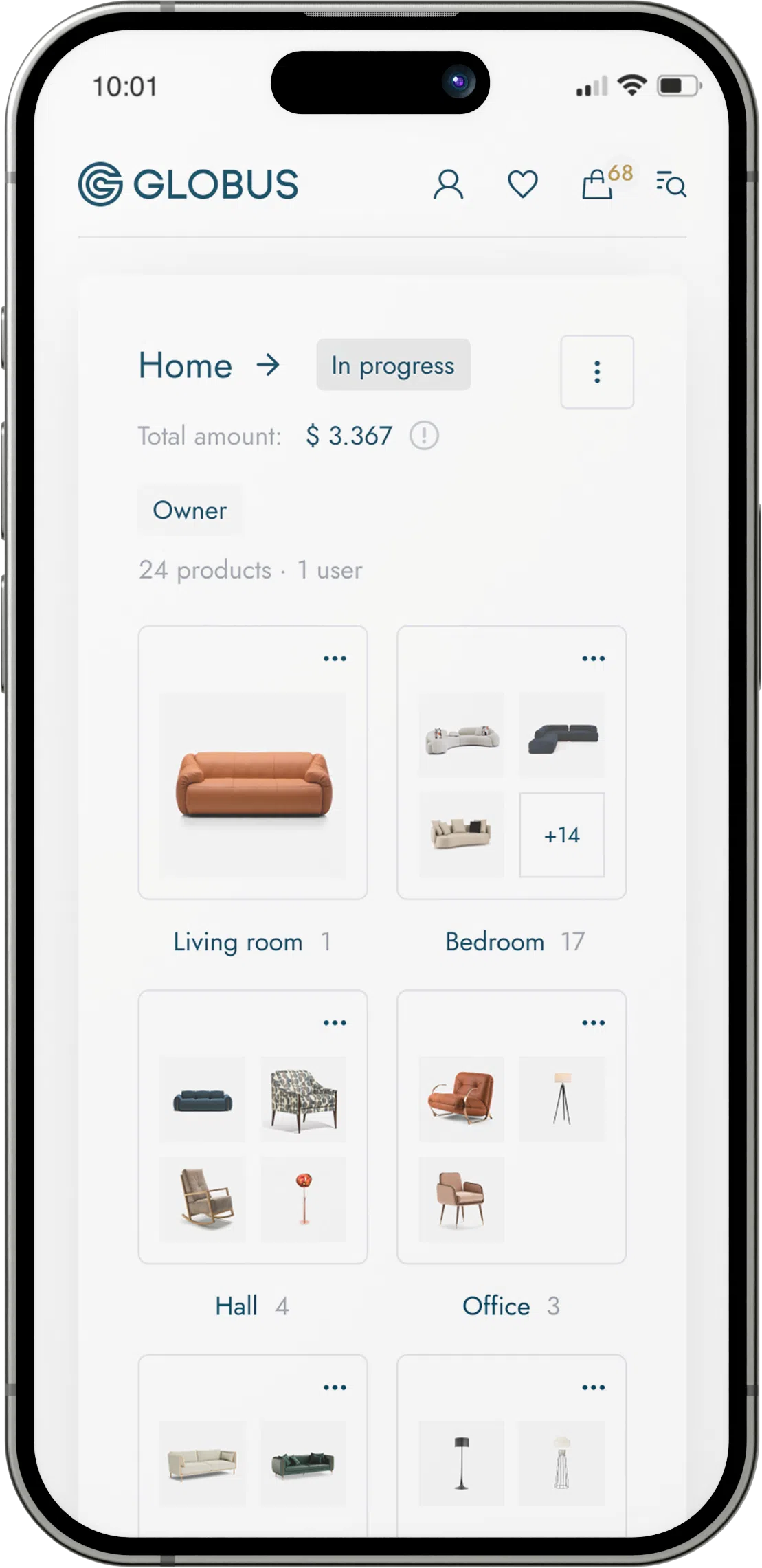
Brass is a metal alloy composed primarily of copper and zinc. The proportions of zinc and copper can be varied to create a range of brasses with varying properties; in general, they are known for their strength, machinability, and resistance to corrosion.
As a furniture material, brass is used for a variety of applications due to its attractive appearance and durability. Below are key characteristics and considerations when using brass for furniture:
Appearance: Brass tends to have a bright, golden color that can add a touch of elegance and sophistication to furniture pieces. Over time, brass can develop a patina—a tarnished layer that can appear as a greenish or brownish color, which is often desirable for an antique look. Brass can also be polished to maintain a shiny, new appearance or lacquered to prevent tarnishing.
Durability: Brass is known for its durability, which makes it suitable for furniture pieces that require strength and resistance to wear and tear. It performs well under heavy use and can last for many years with proper care.
Corrosion Resistance: Due to its copper content, brass has a natural resistance to corrosion. This makes it particularly suitable for use in environments where moisture or humid conditions might be present. However, it may still require periodic cleaning and polishing to maintain its luster.
Machinability: Brass is a material that is relatively easy to machine, allowing for the manufacturing of intricate designs and shapes. This can be particularly beneficial when creating ornamental details for furniture such as handles, knobs, and decorative trim.
Versatility: Beyond its traditional golden color, brass can be finished in various ways to achieve different aesthetics, like brushed, antique, and polished finishes. This versatility allows designers to use brass in a range of styles from modern to traditional.
Weight: Brass is heavier than materials like aluminum or plastic, which can be both an advantage and a disadvantage. Its weight contributes to the stability and sturdiness of furniture, but it also means that pieces can be quite heavy and difficult to move.
Maintenance: Maintaining brass furniture typically involves regular dusting and occasional polishing. If not lacquered, the brass will need periodic cleaning with a brass cleaner to remove tarnish and restore its natural shine. Lacquered brass pieces can be wiped clean with a damp cloth and dried immediately to prevent water spots.
Cost: Compared to materials like steel or plastic, brass is generally more expensive due to its composition. The cost of brass furniture reflects the cost of the raw material and the process of crafting the furniture piece.
Brass can be used in furniture design as solid pieces, inlays, frames, or decorative hardware. Its warm golden tones provide a striking contrast to woods and other materials, often resulting in pieces that feel both classic and luxurious. Given its combination of aesthetics and functionality, brass is a popular choice among furniture designers and manufacturers seeking to create high-quality products.


